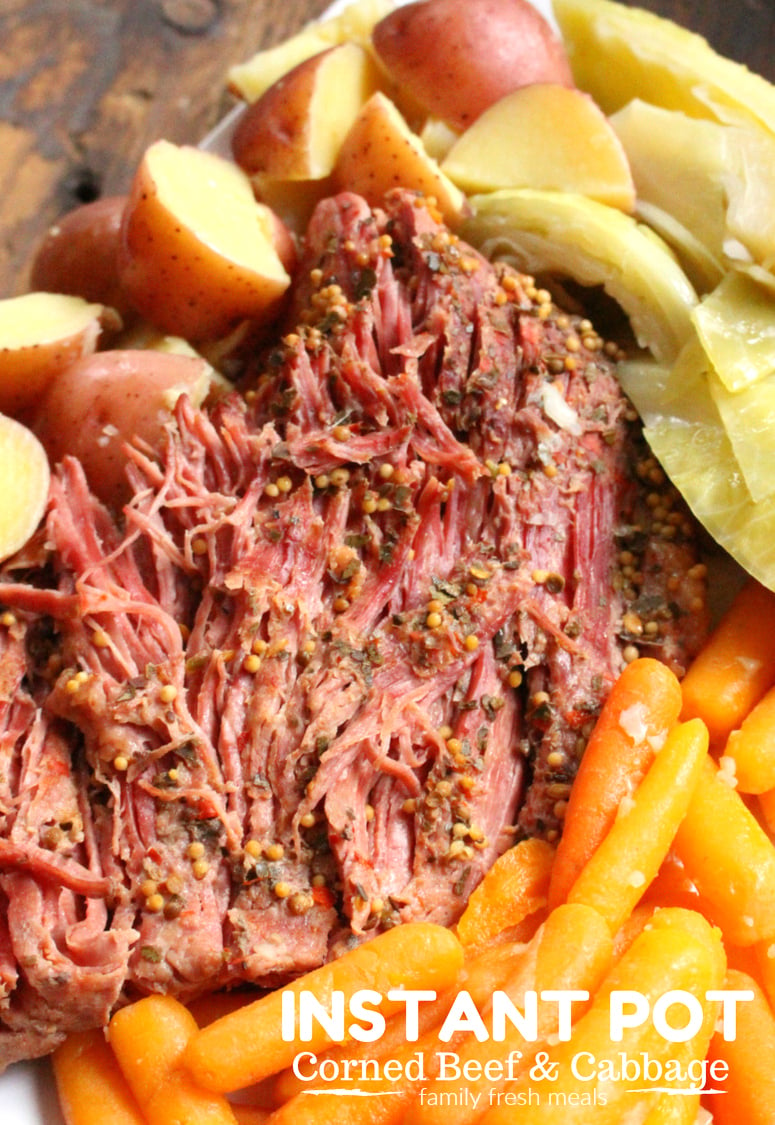First, I cure my own. it takes about 10 days, and I got mine in the brine on 3/6. I know it's too late for that now, but try it the next chance you get and you'll discover a much better corned beef.
I split the brisket I started with into 2 pieces. Both went into the same brine. On 3/17, I'll do the normal braise on 1 piece. It takes 3 - 31/2 hours to get nice and tender. You can add potatoes and carrots after 2 1/2 hours and cabbage a little later. I haven't tried it in a pressure cooker, but I don't see any reason that it wouldn't work. They usually work well on braise recipes.
For the other piece, I soak it for a bit to get rid of the saltiness and apply a pastrami rub. I let it sit overnight and then smoke it the next day. You can either cook it to brisket temperature (200-205°) ( I like this best) or pull it when it starts to stall (about 150°) and steam it to brisket temperature. Either way it will knock your socks off even if you're wearing panty hose.
I use an old family recipe for the corned beef brine. It doesn't differ much from what you'll find online. A good first run can be found at foodnetwork by Alton Brown. Since saltpeter can be hard to find easily, pink curing salt will work just fine, but follow the package directions for it instead of using the saltpeter amounts in Brown's recipe.Saltpeter (a nitrate) will yield a slightly better flavor, but you will be fine with pink curing salt (nitrite). I use something called LEM Backwoods Cure from Cabelas.
For the pastrami, you won't go wrong starting here:
https://amazingribs.com/tested-reci...s/home-made-pastrami-thats-close-katzs-recipe.
Enjoy and brine your own next year. The difference is yuge..

 www.familyfreshmeals.com
www.familyfreshmeals.com 
